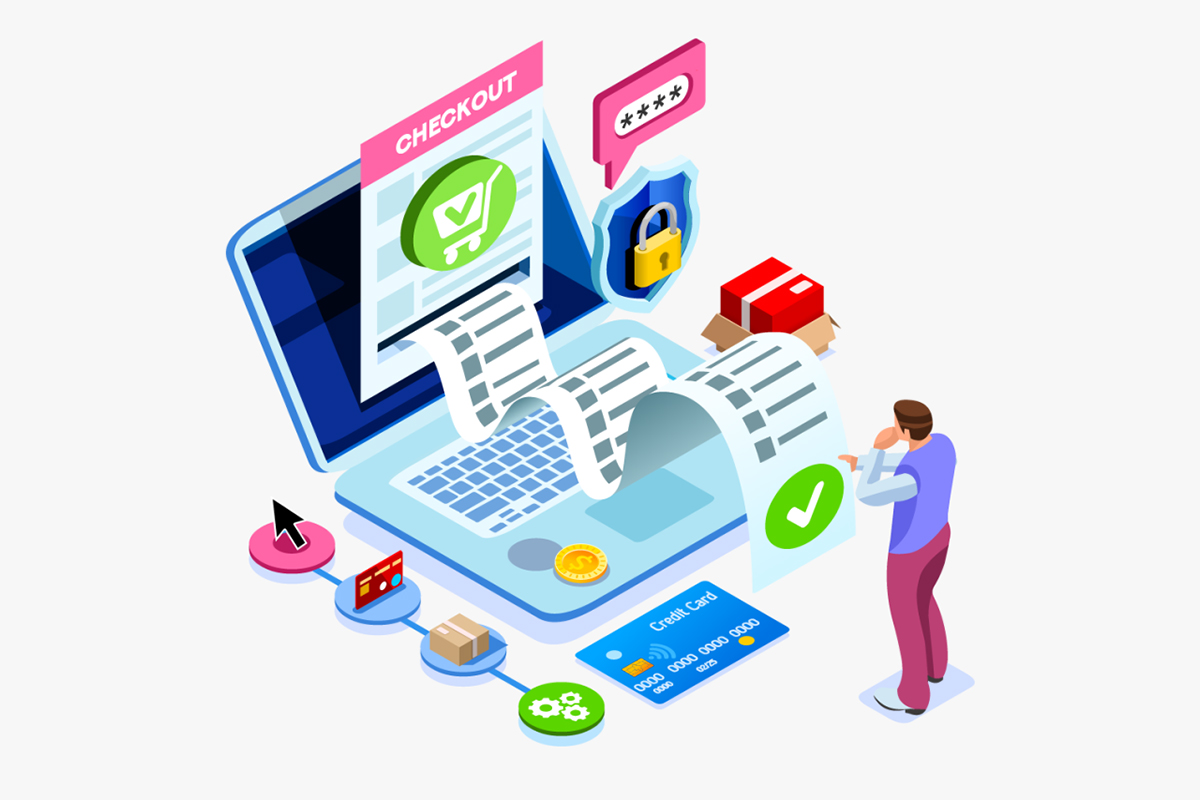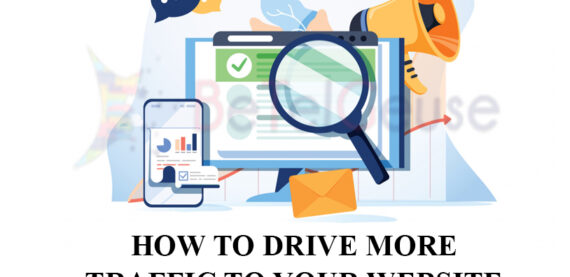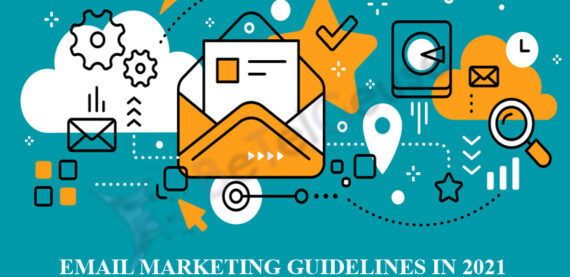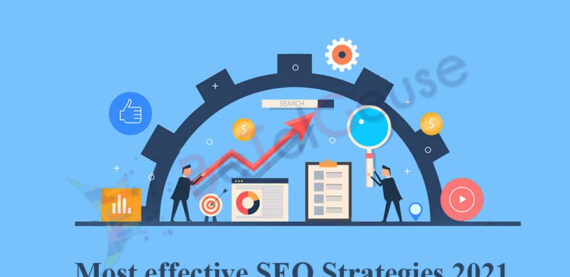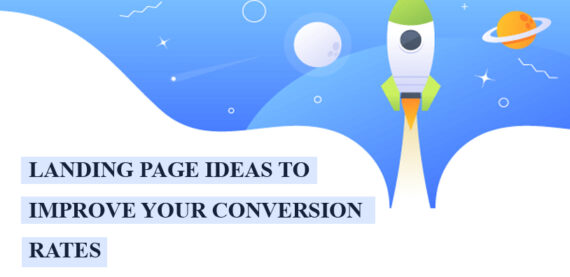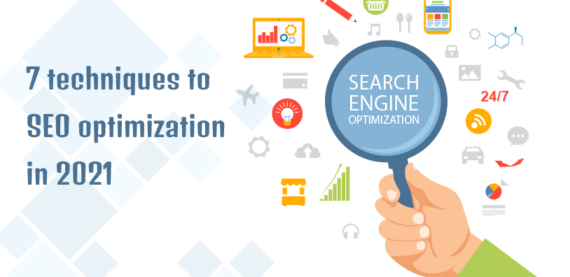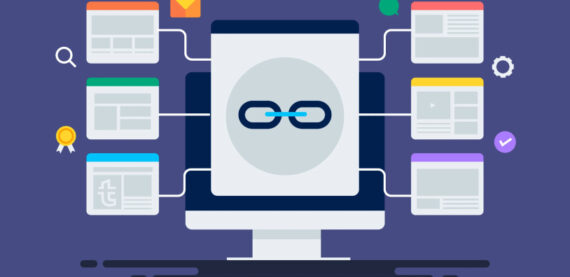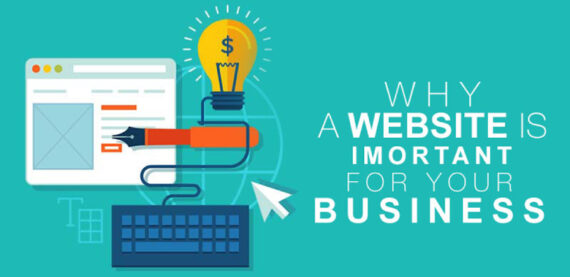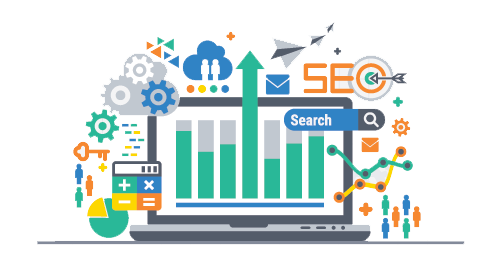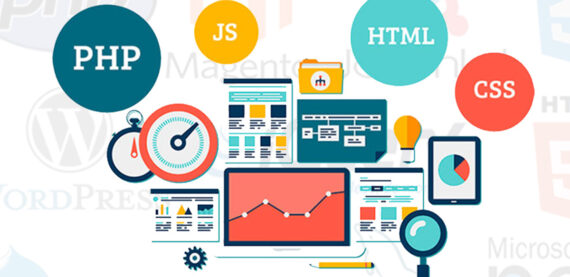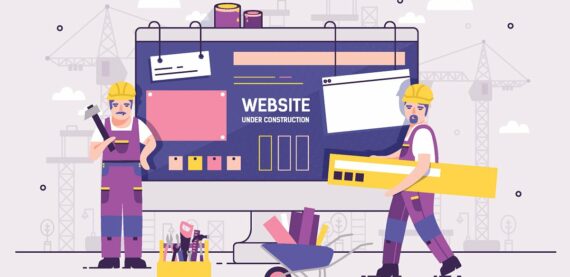Ecommerce website management and maintenance is a service that allows online store owners or admins to request changes and then approve them once they are completed. This service is very powerful because it allows the store owner to focus on the other important aspects of their operation. Because hiring an in-house administrator to supply online store maintenance can be expensive, this service can also save a substantial amount of money which can be used for marketing and other vital necessities.
Why is eCommerce Website Maintenance Important
Have you ever visited an online store or website in general that just felt uninviting? Maybe you gave it a chance and tried to purchase a product only to find that you had a difficult time registering or navigating through the site, finding out how to place an item in a cart, or worse yet; you reached the payment page only to be notified that the product is no longer in stock even though it was listed on the site? All of these annoyances and more to the customer can severely damage your reputation and authority online.
Benefits of Ecommerce Website Maintenance
Reduced Cart Abandonment
Abandonment is a term that is commonly used in e-commerce in order to describe a particular behavior of a website user in which the user abandons a webpage without finishing the desired task.
It is possible to bring down the frequency of shopping cart abandonment through proper maintenance of an e-commerce website. It enables you to attend and fix the technical glitches before it is noticed by a visitor.
Improved User Experience
- Can you effortlessly navigate around the e-commerce portal?
- Are new products being shown on the landing page?
- It is possible to find the contact details, easily?
It is important to keep everything organized on an e-commerce portal so that users can easily find the products of their choice. It is equally foremost to ensure that navigation remains straightforward. You can guarantee a smooth user experience as well as the shopping journey at every point of the e-commerce shopping portal through proper maintenance. You may use the ‘Product Mapping’ to take in where to put the products on a website and how to link all products.
Software Updates
It is essential to routinely update the software program (used to build an e-commerce portal) in order to ensure maximum online security and smooth performance.
You have to keep the software program updated at routine intervals irrespective of its type. However, it is important to maintain a backup of every essential feature before updating the software.
Fresh Content
To ensure a better user experience, you have to keep updated content on the e-commerce portal. You may lose the visitors if they have no updated information to read or to watch on a video when visiting the website. It sends an incorrect message to potential as well as current customers. They may think that the business is not conducted successfully, or it does not get your attention. You can keep updated content through the routine maintenance of an e-commerce website.
Types of Ecommerce Website Maintenance
Security Maintenance
Website hackers always search for vulnerabilities in order to breach the security features of a company’s website. Therefore, the main reason for the maintenance of an e-commerce website is to provide it with improved security. If hackers can crack into an e-commerce website, then it may become possible to access the details of customers along with their financial information.
Therefore, planned maintenance scans are paramount to ensure the security of a website irrespective of the type of CMS that was used during the development of an e-commerce platform. It enables you to find out the vulnerabilities of your website’s security and fix them before being found by hackers.
Security is the main reason for website maintenance, so you must ensure that your online eCommerce store is protected from possible security threats. If you need more visitors to your website, you must keep your e-commerce store secure from hackers that are always searching for ways to try and break into a company’s site.
Marketing Maintenance
Marketing maintenance is another type of e-commerce website maintenance, as digital marketing can increase online traffic by driving people to a website whilst improving a website’s SERP. Through marketing maintenance, your e-commerce website will have updated content in different forms (products, blogs, SEO articles, social media posts, e-mails, GIFs, messaging, videos, etc.).
You may use a web analytics service, such as Google Analytics, to realize the nature and demands of the target customers. This type of web analytics service enables you to find the elements of your website that work and the elements that do not work. You can also explore the behavior of the visitors to your e-commerce platform using a web analytics service and will find out what is missing on an e-commerce platform.
Storefront Maintenance
The success of your e-commerce website largely depends upon a good first impression and you can accomplish this goal through storefront maintenance. The viewers of your website may leave the website without looking at the products if they are dissatisfied with the first impression. Hence, you will lose prospective users and you can avoid this risk through storefront maintenance.
Maintaining product information in your store helps attract new customers and let customers know what’s newly released. It’s also necessary to update what products are in stock, low on stock, or out of stock. Not providing your visitors with the updated information disappointments them and pushes them to look for other websites.
Fresh content to ensure a better user experience, you have to keep updated content on the e-commerce portal. You may lose the visitors if they have no updated information to read or to watch on a video when visiting the website. It sends an incorrect message to potential as well as current customers.
What About Website Maintenance Costs?
The cost of properly maintaining an e-commerce website depends upon various factors such as business size, type of platform, conversion rate, back-up, and migration services, etc.

